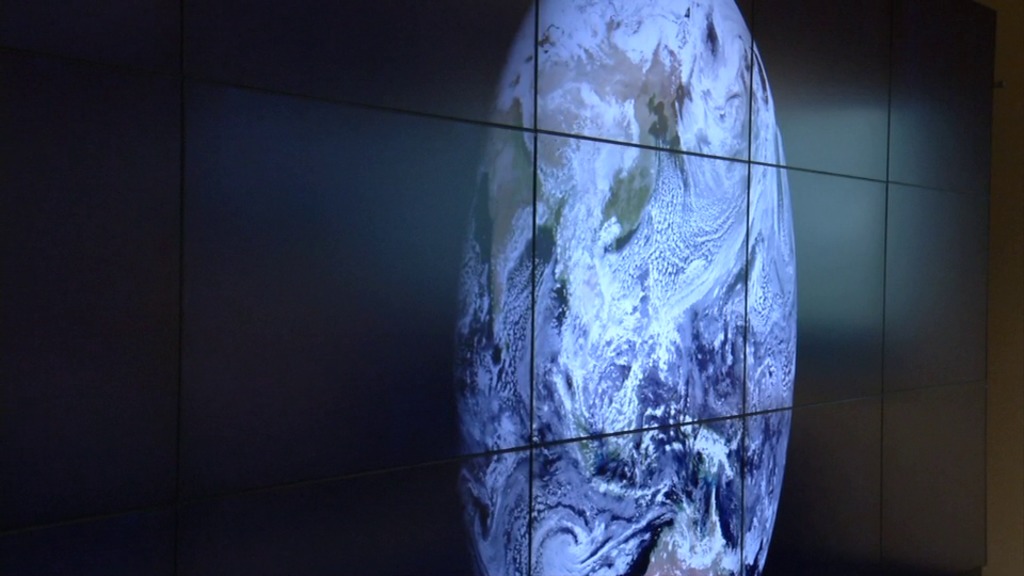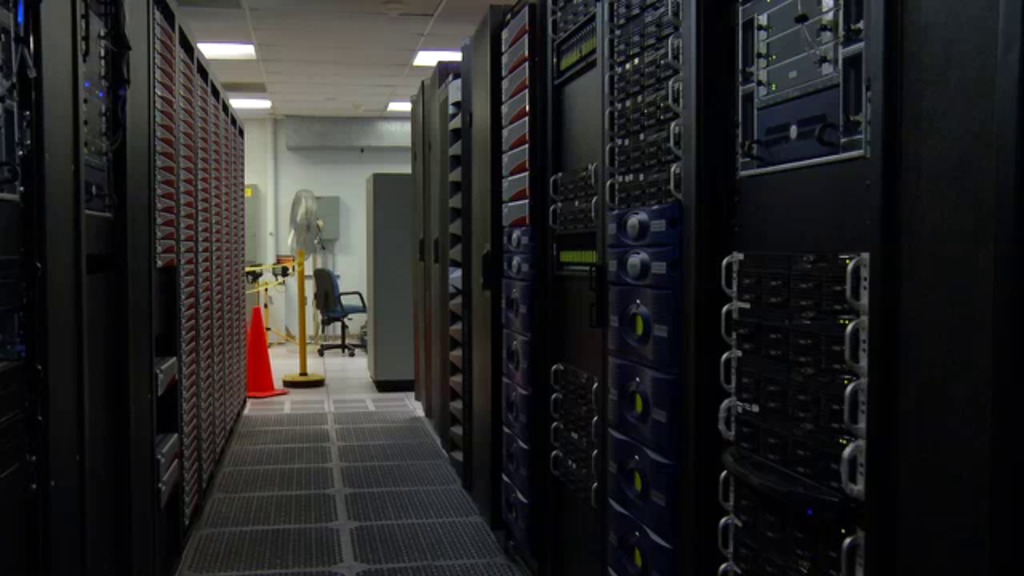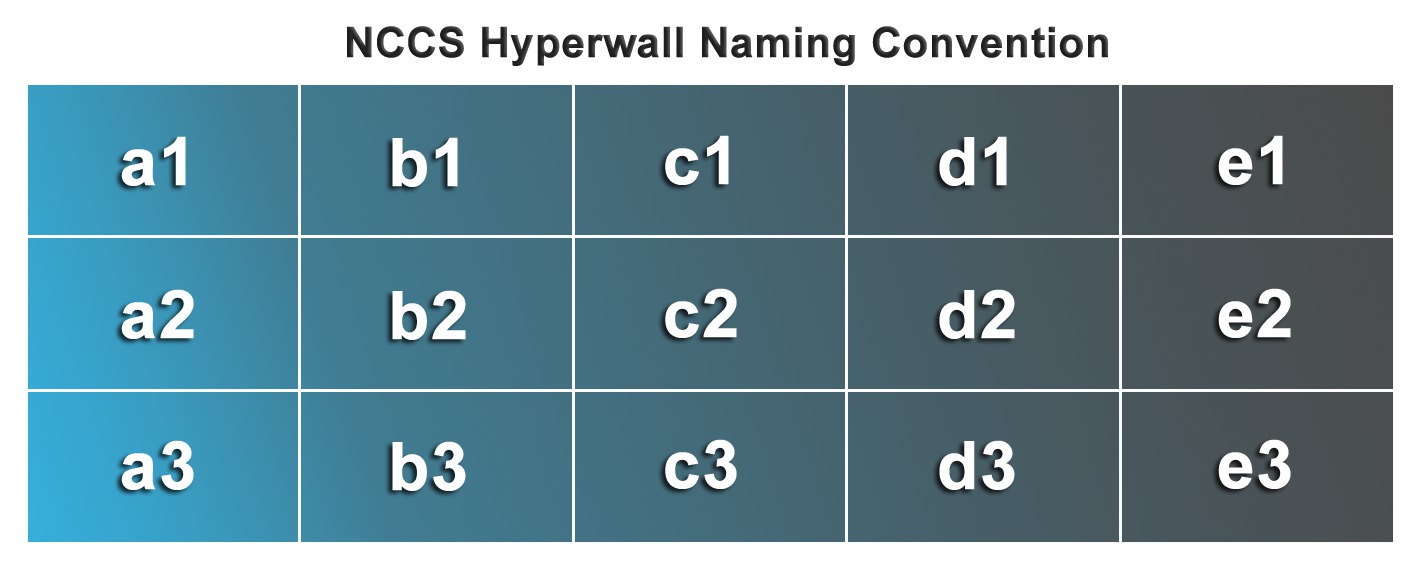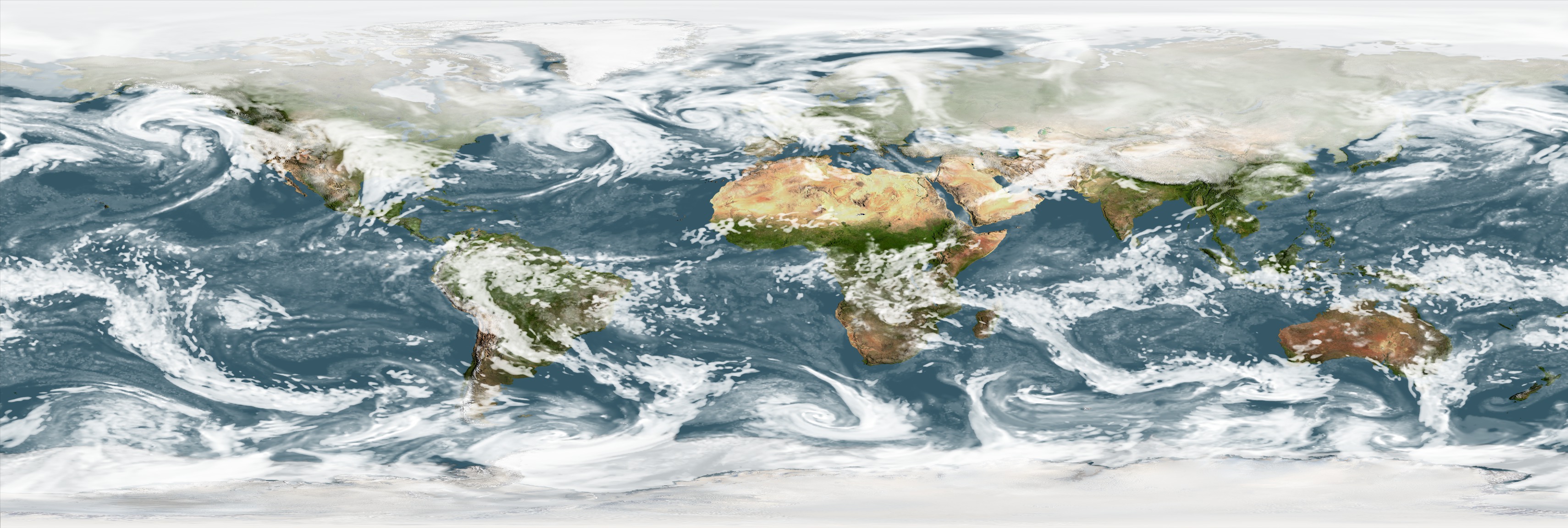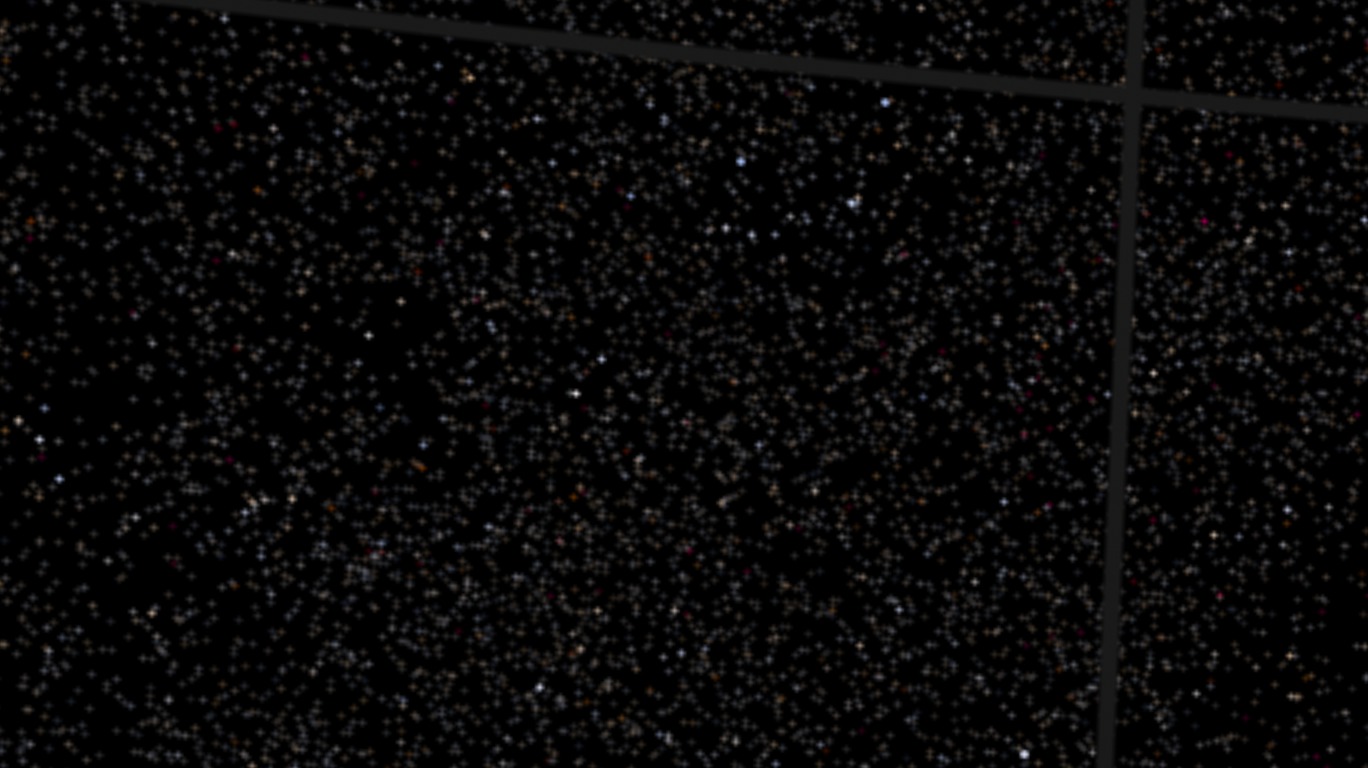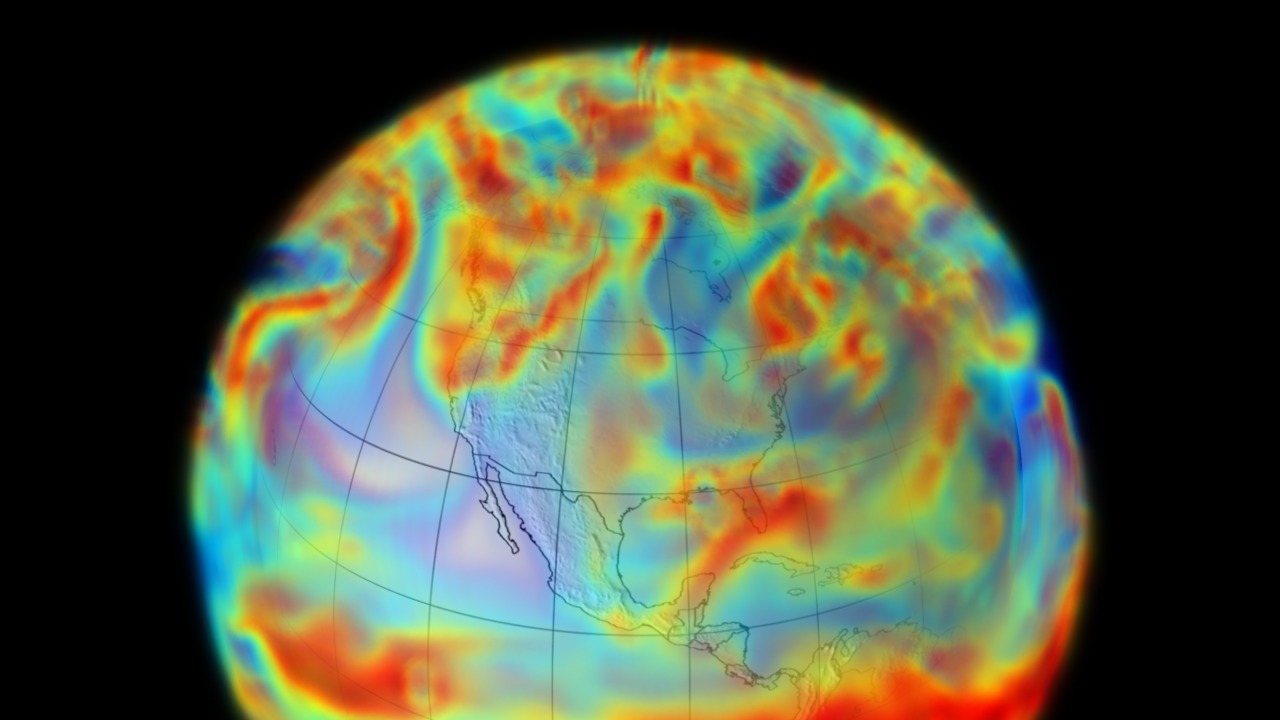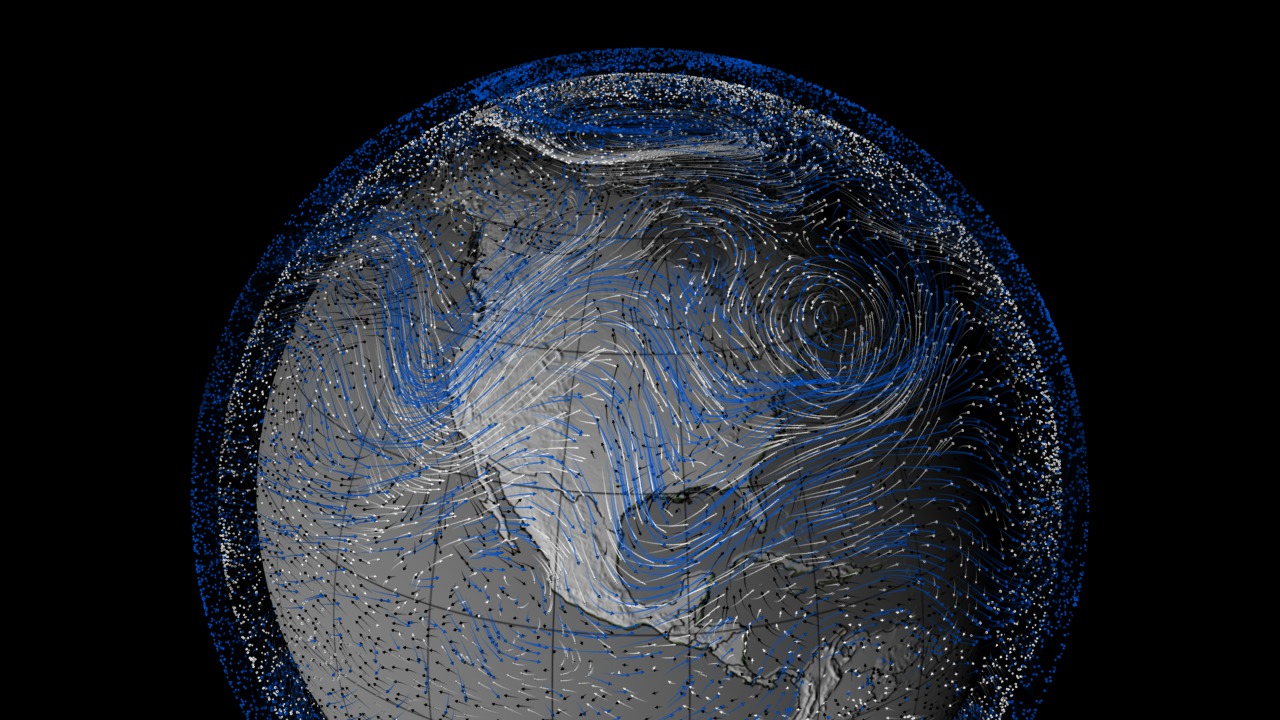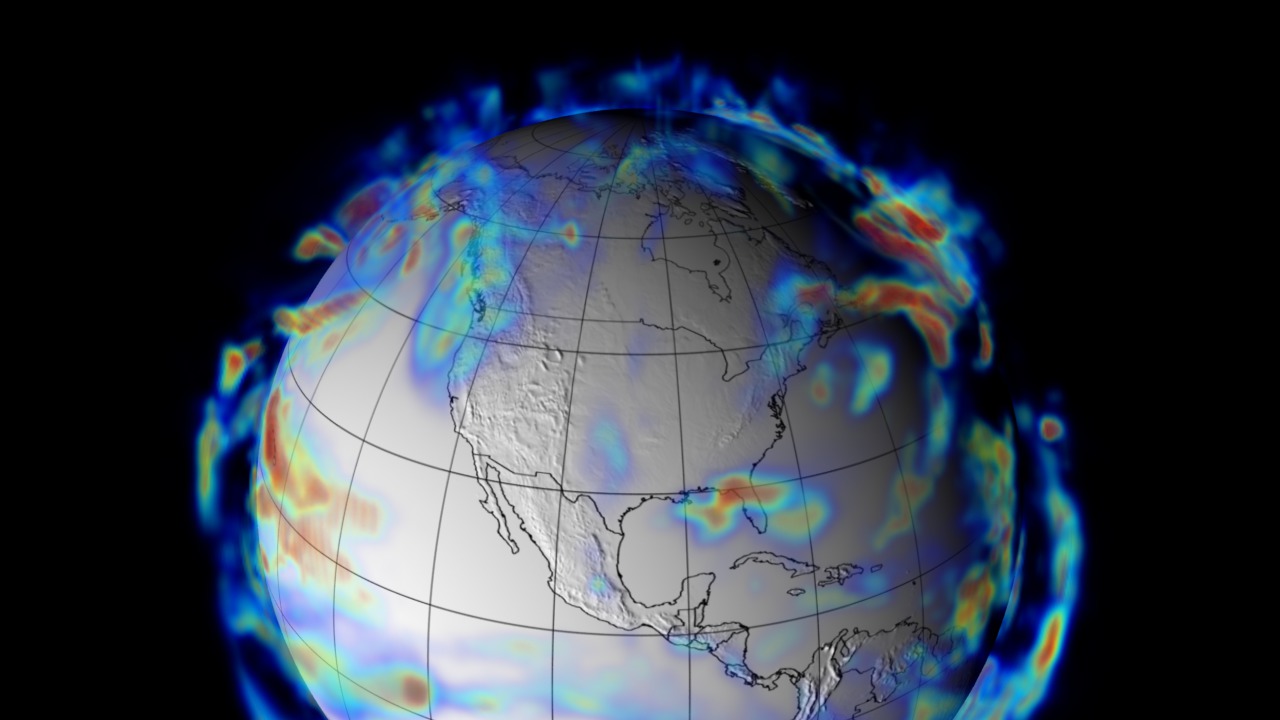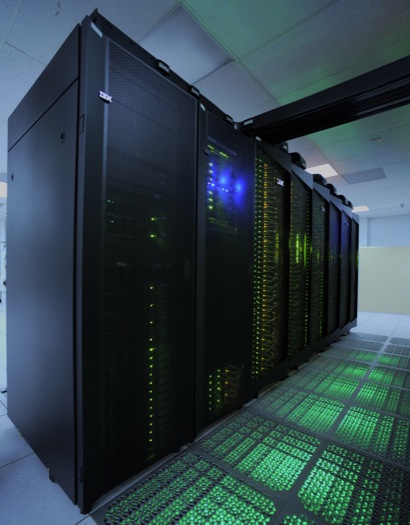NASA Center for Climate Simulation (NCCS)
Overview
Goddard Space Flight Center is the home of a state-of-the-art supercomputing facility called the NASA Center for Climate Simulation (NCCS) that is capable of running highly complex models to help scientists better understand Earth's climate.
To learn more about the unveiling of the NCCS, visit:
http://www.nasa.gov/topics/earth/features/climate-sim-center.html
Short Video
Supercomputing the Climate
Go to this pageGoddard Space Flight Center is the home of a state-of-the-art supercomputing facility called the NASA Center for Climate Simulation (NCCS) that is capable of running highly complex models to help scientists better understand Earth's climate. ||
Michelle Thaller Live Shot Q&A
Go to this pageOn Wednesday, June 2nd Michelle Thaller conducted live satellite interviews around the country. This is a version of the interviews. ||
B-Roll
NCCS Video Files
Go to this pageThese three clips show highlights of the NASA Center for Climate Simulation (NCCS) at Goddard Space Flight Center. ||
Visualizations
- Visualization
- Visualization
- Visualization
- Visualization
- Visualization
- Visualization
- Visualization
High Res Images
Images can also be found on the Goddard Flickr page.
- Link
Discover Supercomputer 1
The heart of the NASA Center for Climate Simulation (NCCS) is the "Discover" supercomputer. In 2009, NCCS added more than 8,000 computer processors to Discover, for a total of nearly 15,000 processors. Credit: NASA/Pat Izzo
Go to this link - Link
Discover Supercomputer 2
Two rows of the "Discover"supercomputer at the NASA Center for Climate Simulation (NCCS) contain more than 4,000 computer processors. Discover has a total of nearly 15,000 processors. Credit: NASA/Pat Izzo
Go to this link - Link
Discover Supercomputer 3
This close-up view shows one row--approximately 2,000 computer processors--of the "Discover" supercomputer at the NASA Center for Climate Simulation (NCCS). Discover has a total of nearly 15,000 processors. Credit: NASA/Pat Izzo
Go to this link - Link
Data Exploration Theater 1
The NASA Center for Climate Simulation (NCCS) Data Exploration Theater features a 17- by 6-foot multi-screen visualization wall for engaging visitors and scientists with high-definition movies of simulation results. Here, the wall displays a 3.5-kilometer-resolution global simulation that captures numerous cloud types at groundbreaking fidelity. Credit: NASA/Pat Izzo
Go to this link - Link
Data Exploration Theater 2
The NASA Center for Climate Simulation (NCCS) Data Exploration Theater features a 17- by 6-foot multi-screen visualization wall for engaging visitors and scientists with high-definition movies of simulation results. Here, the wall displays a 3.5-kilometer-resolution global simulation that captures numerous cloud types at groundbreaking fidelity. Credit: NASA/Pat Izzo
Go to this link - Link
Modern Era Retrospective-analysis for Research and Applications (MERRA)
The Modern Era Retrospective-analysis for Research and Applications
Go to this link
(MERRA) is producing a comprehensive record of Earth's weather and climate from 1979, the beginning of the operational Earth observing satellite era, up to the present. This visualization depicts specific atmospheric humidity on June 17, 1993, during the Great Flood that hit the Midwestern United States.

